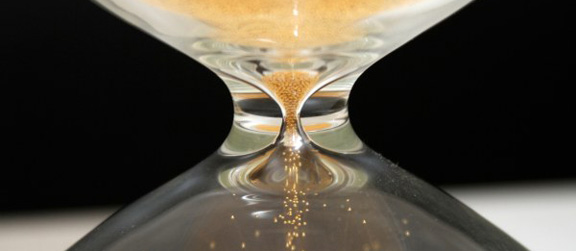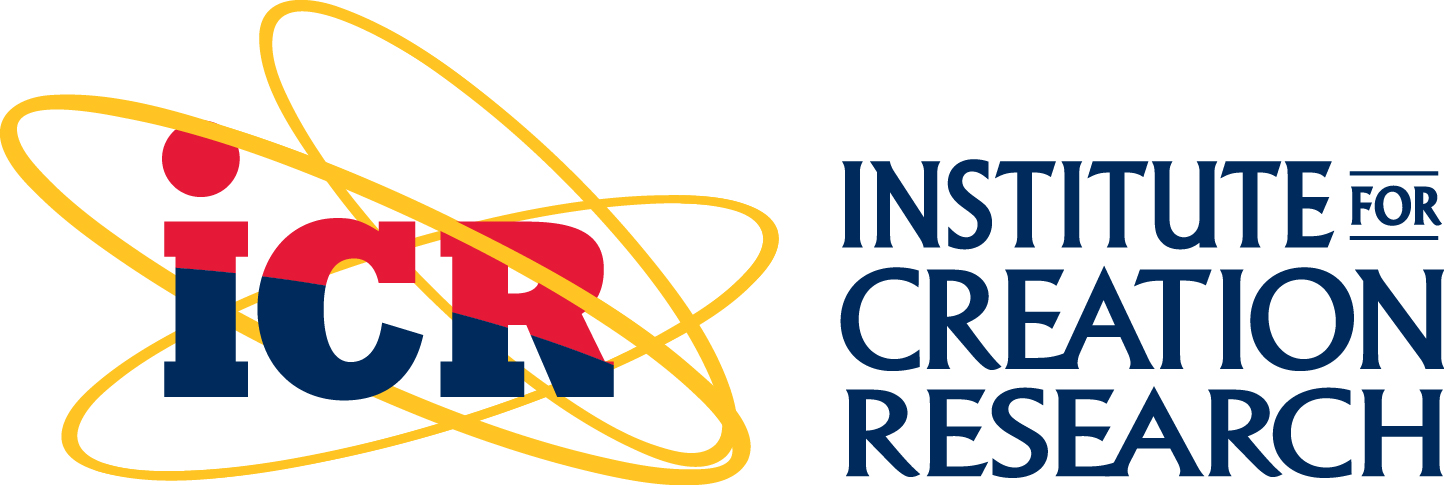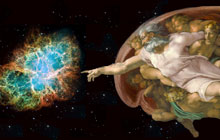Science has trouble with the past. Whenever it seeks to study something, it must study what it can bring into the laboratory or study on the field, which means it can only study extant things (things as they are now), not things as they were in the past. But much of science has traditionally made projections and hypotheses about the past based on present data. One such practice has been arriving at the estimated age of an artifact or geologic construct by means of radiometric dating. But this practice is not without controversy. One way to frame this debate would be as follows:
“The measurement of time by radioactive decay of a parent isotope is often compared to the measurement of time as sand grains fall in an hour glass:
“The sand in the upper chamber of an hourglass represents a radioactive parent isotope, while the sand in the lower chamber is analogous to the respective daughter isotope. The sand grains fall from the upper chamber at a constant rate, said to be analogous to radioactive decay. If all the sand grains started in the upper chamber and then the number of sand grains were measured in the two chambers after some time elapsed, provided the rate at which the sand grains fall has been measured, simple mathematics can be used to calculate how long the hourglass has been in operation, and thus, the time when the process started. When applied to the radioactive decay ‘clock,’ this starting time is when the rock formed and is, therefore, its calculated age.
“From this description it is evident that Based on this analogy, it can be seen that the calculation of radioactive decay is based on three crucial assumptions:
- The number of atoms of the daughter isotope originally in the rock or mineral when it crystallized can be known. In other words, it is assumed that we can know the initial conditions when the rock or mineral formed.
- The number of atoms of the parent and daughter isotopes have not been altered since the rock or mineral crystallized, except for radioactive decay. In other words, it is assumed that the rock or mineral remained closed to loss or gain of the parent and/or daughter isotopes since crystallization.
- The rate of decay of the parent isotope is known accurately, and has not changed during the existence of the rock or mineral since it crystallized.
“When most rocks or minerals crystallized there were no human observers to determine the original numbers of atoms of the daughter isotopes, to determine that the rocks or minerals have remained closed to loss or gain of parent and/or daughter isotopes, and to determine if the rate of decay of the parent isotope has remained constant. Thus, it logically follows that these assumptions are, strictly speaking, not provable.” (Source)
In this course experience both sides of the scientific dating debate will be covered. As stated above, this debate is not “provable” either way, but one can arrive at greater or lesser assurance of a position based upon the data.
Version 1.2







